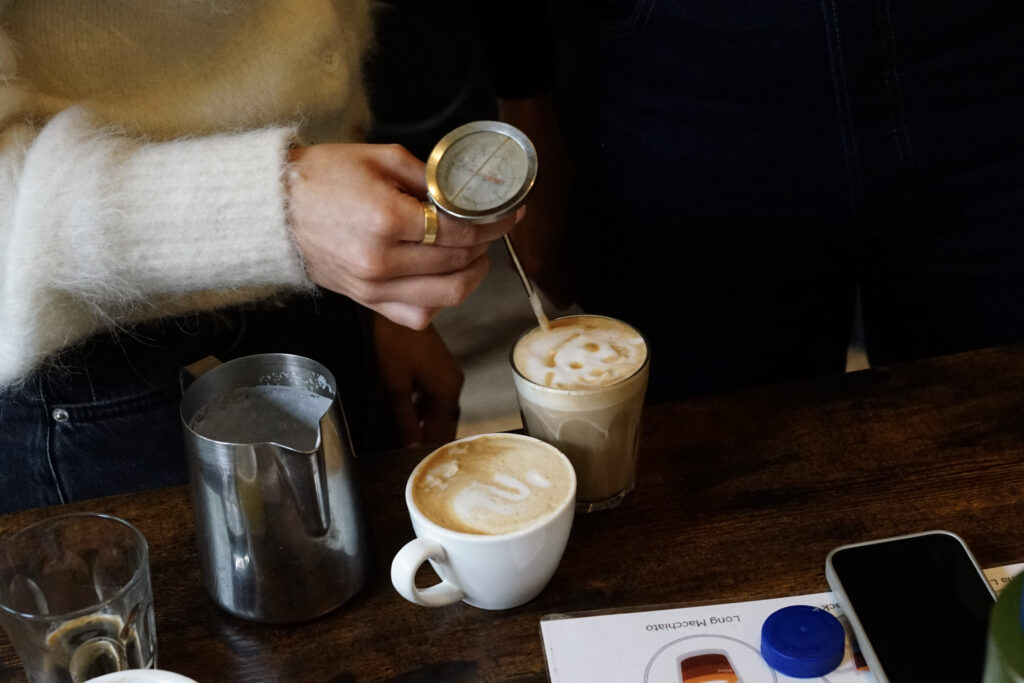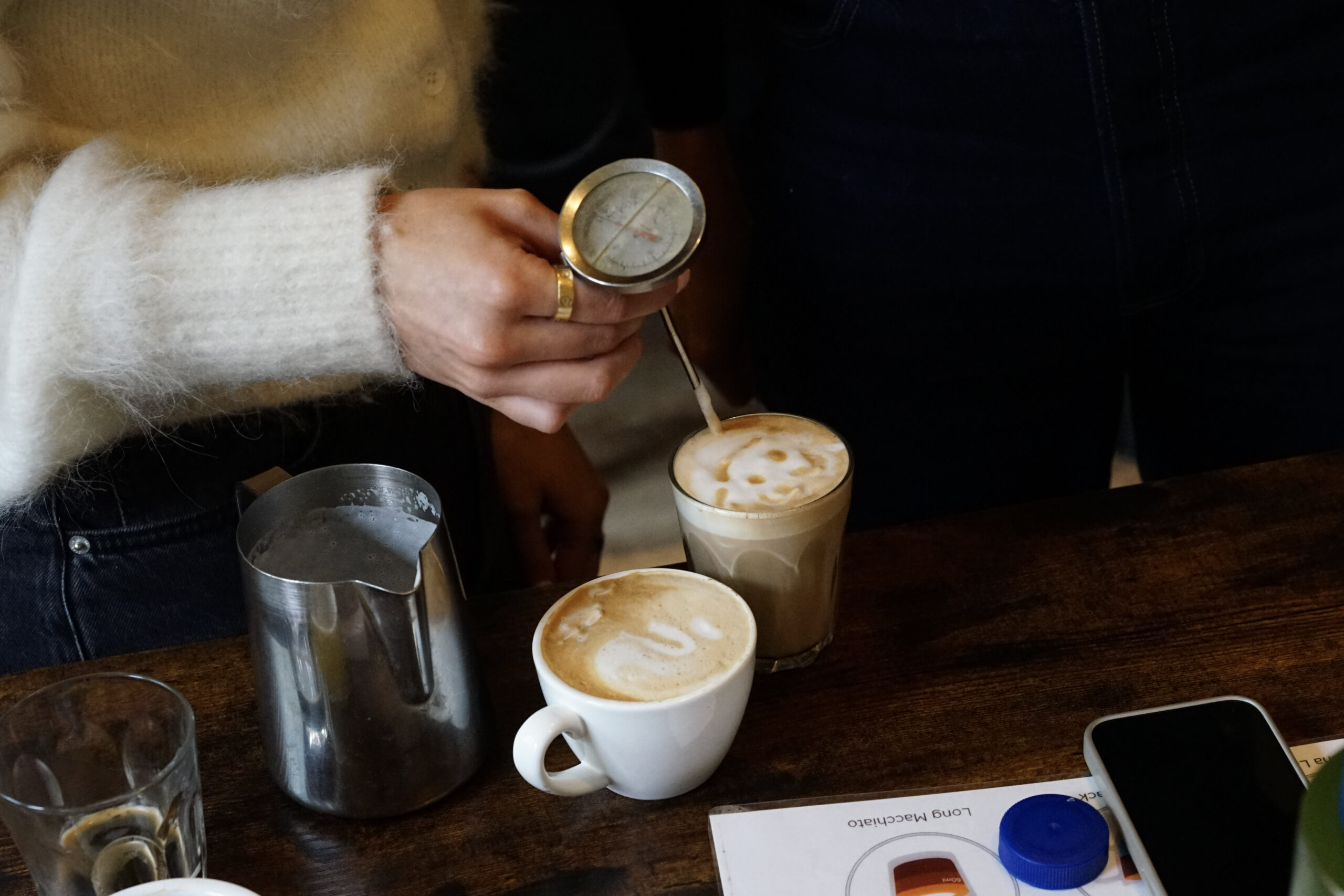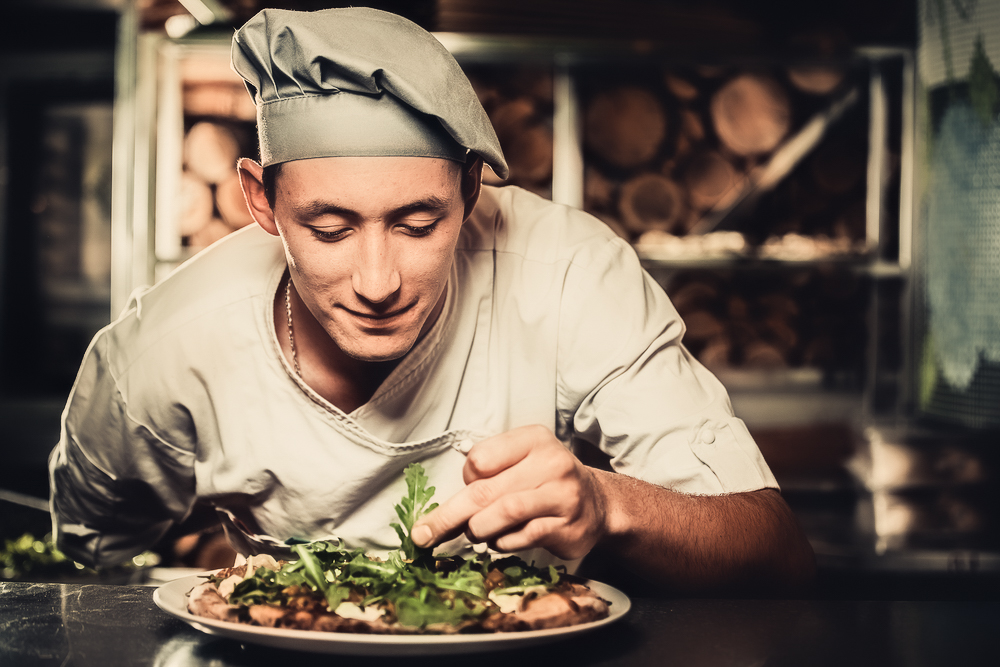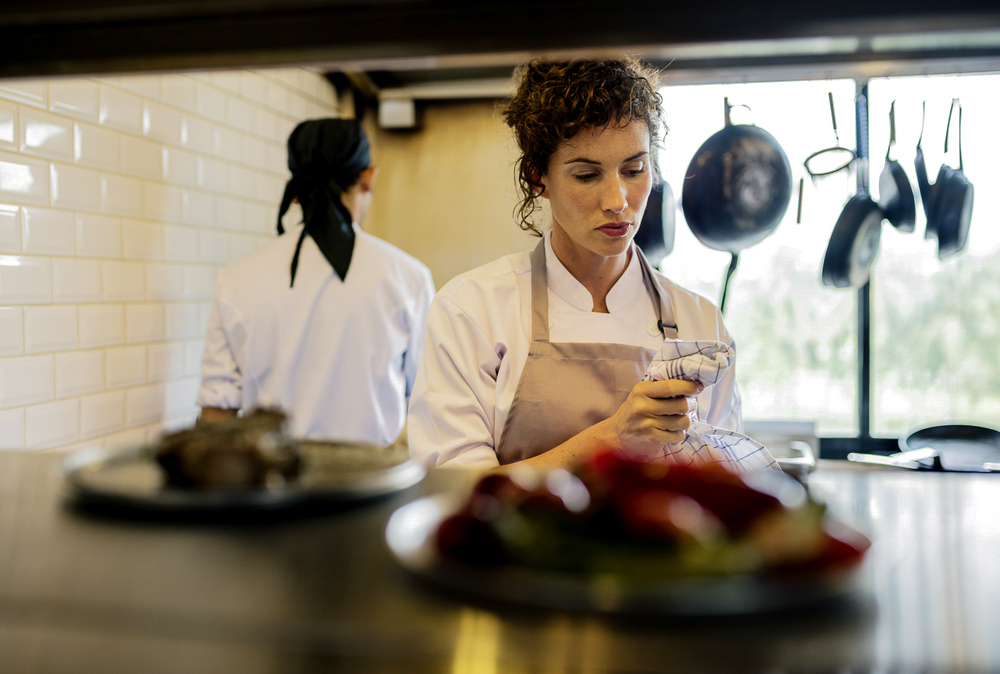
Only a cup finished with latte art feels complete - who would disagree? A clean heart, a tulip, or a layered rosetta signals the care and finesse a barista puts into the pour, and makes the coffee taste even better. Seeing that standard every day is what inspires many people to try latte art in their own kitchens. With lots of practice, the right milk texture, and controlled pouring, you can build towards designs that look close to café quality. Many baristas began with modest equipment before moving on to commercial machines, so don’t underestimate what you can do at home.
What You Need Before You Pour
Coffee bar setups at home vary, but the basics are straightforward. A compact espresso maker with a steam wand is helpful, though stovetop brewers paired with whisked milk can still get you started. Most important is consistency in milk temperature and jug control.
Tools that make practising latte art easier include:
- A stainless-steel milk jug with a sharp spout
- A thermometer or the ability to gauge heat by touch
- An espresso machine or stovetop brewer
- Whole milk or a plant-based option like oat that holds foam well
How to Texture Milk Correctly
Latte art depends as much on milk as on coffee. Domestic steam wands can usually heat milk to the right range of 55–65 °C. Go hotter and the sweetness drops, while flavour can burn.
To create texture:
- Start with the wand tip just below the milk surface to add air
- Lower the wand slightly to spin the milk in a whirlpool
- Watch for a glossy, paint-like surface
- Stop when the jug is almost too hot to hold comfortably
What Milk Works Best
Full-cream remains the top choice for both flavour and texture. Among non-dairy options, oat milk is the most reliable, which explains its popularity across Australian cafés. Soy and almond can work, but they’re harder to control. CSIRO’s research on dairy-free alternatives highlights why plant-based options behave differently, with tighter steaming often needed to stop them splitting or thinning out mid-pour.
Getting the Pour Right
Good texture only works if your pour is steady. The angle of the jug, the distance from the surface, and the speed of the stream all shape the design. Beginners usually start with a heart because it teaches the basics of timing and control in one movement.
Common mistakes include holding the jug too high for too long or hesitating until the crema collapses. A steady pour allows the milk to sit on the surface instead of cutting through it, which is what makes a pattern form.
Common Challenges When Practising at Home
Every beginner faces the same hurdles: thin milk with too much air, pours that sink, or patterns that vanish halfway through. Some mistakes are easy to spot. Over-aerated milk creates foam so thick that tulips and rosettas break apart before they form. A jug tilted too far forward collapses hearts into uneven blobs. Even a shaky hand can pull the milk through the crema too quickly, leaving no contrast for the design to sit on. Recognising these patterns makes it easier to correct them the next time you pour. Furthermore, repetition builds muscle memory, and every pour sharpens your sense of what works and what doesn’t.
Common Questions About Practising Latte Art at Home
How long does it take to learn latte art at home?
Basic shapes usually appear after a few weeks of consistent practice, while rosettas and tulips can take months to master.
Do you need espresso for latte art?
Yes. Crema is essential because it provides the contrast that makes patterns visible.
Can you reuse milk for practice?
No. Re-steamed milk breaks down, causing the foam to collapse quickly. Always use fresh milk.
Is it better to practise with smaller or larger cups?
Larger cups give more space and make patterns easier to see, while smaller cups demand precision. Many learners start with a 200ml cup before moving down in size.
What is the ideal jug size?
For home use, a 400ml jug strikes a balance between steaming control and pouring precision.
Sharpen Your Technique With Guidance
Practising alone can feel slow. Coffee School, with training facilities in Sydney and Melbourne, offers a Latte Art Course, where trainers focus on milk texture, pouring control, and shaping clear designs. Enrol to learn why air intake and heat matter more than milk variety alone, and practise under expert guidance to build confidence faster.
Can You Practise Latte Art Without A Steam Wand
Yes, but results will differ. Without pressurised steam, creating microfoam takes more work. Heat the milk gently on the stove or in the microwave, then use a hand frother or whisk to incorporate air. The foam won’t match café quality, but it gives you the chance to practise jug movement and pattern control. It’s also a useful way to focus purely on pouring technique without worrying about steam pressure, so you can train your hand to stay steady while aiming for basic shapes.
Key Tips for Consistency
Every barista will tell you latte art takes hundreds of pours. The more often you pour, the more automatic the movements become. Repetition locks in the habits that create clean designs, so each practice session brings you closer to patterns you can pour without overthinking.
To build consistency:
- Stick with one design until you can repeat it confidently
- Use a jug with internal markings so milk volume is the same each time
- Clean the wand after steaming to maintain pressure
- Keep your grip and stance consistent to avoid uneven habits
Take Your Home Practice Further
Your latte art at home will improve once you control texture and timing. However, progress is faster with expert input. Coffee School offers courses that break down each stage of the pour, allowing you to see exactly what needs adjustment. The expert trainers guide you through common mistakes, show how to correct them, and help you build habits that stick. Check upcoming courses and enrol to bring more consistency to every cup.




